(Photo Source)
Last week, the 2010 Dietary Guidelines Advisory Committee issued a report related to the upcoming national dietary guidelines. The report forms the basis for the US Dietary Guidelines and the Food Pyramid, which are revised every 5 years. Although the guidelines are not final, the report presented some interesting findings on what Americans should be eating.
Overall the preliminary report outlines 8 things related to our diet/health that average Americans should be doing more or less of.
↑Americans need more:
- Plant-based foods like vegetables and whole grains
- Fish
- Fat-free or low-fat dairy (as opposed to full-fat)
- Exercise
↓Americans need less:
- Calories
- Added sugars and solid fats
- Sodium and refined grains
- Lean meats, poultry and eggs
If you’ve every read a government report, you know how long they can get and how confusing they can be. I often wonder if people don’t pay attention to dietary guidelines because they just don’t understand them. Hopefully, when the official guidelines come out later this year, they will be reported in such a simple fashion that all Americans will be able to understand them and easily implement them in their daily lives.
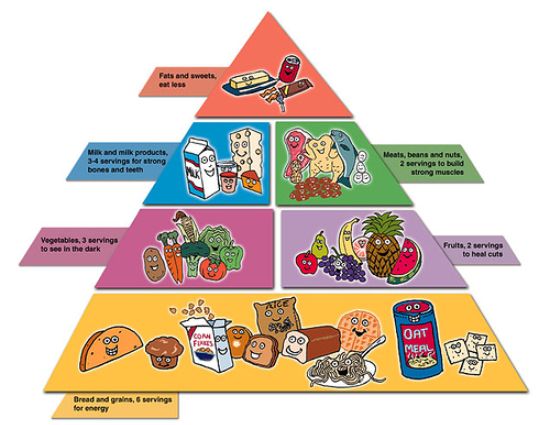
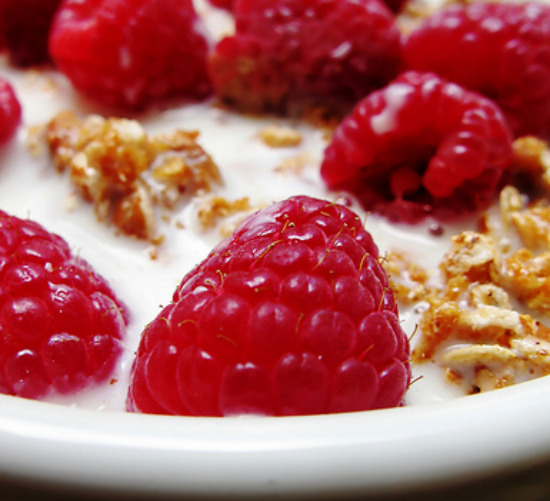
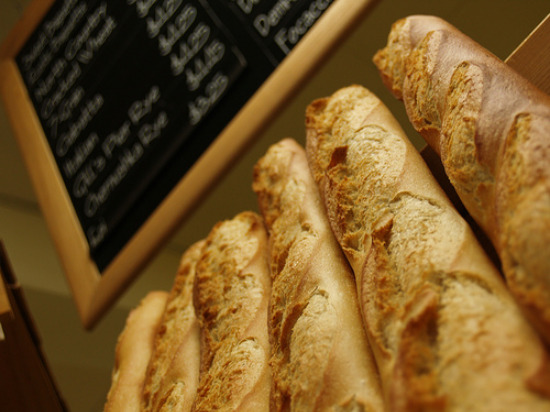
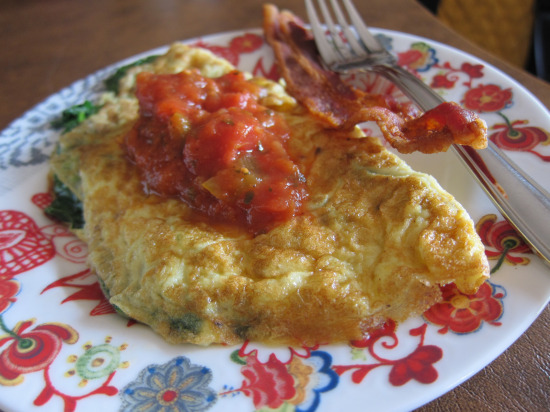
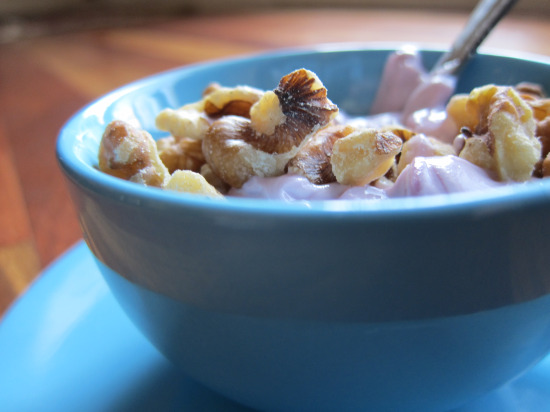
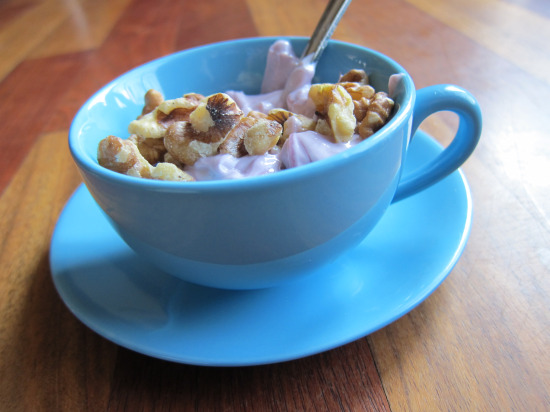
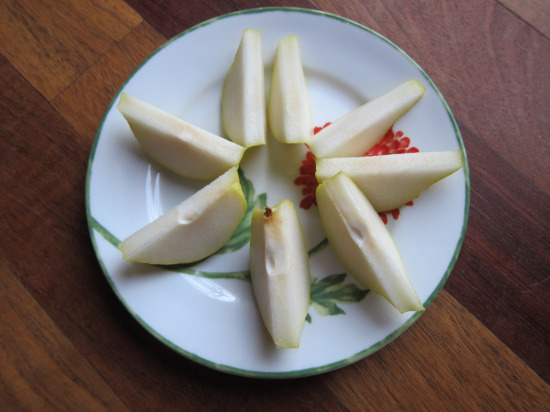

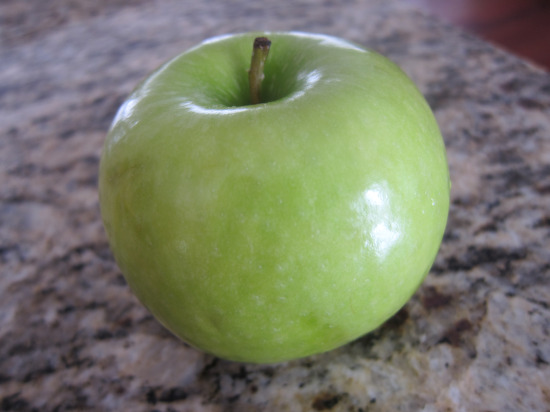
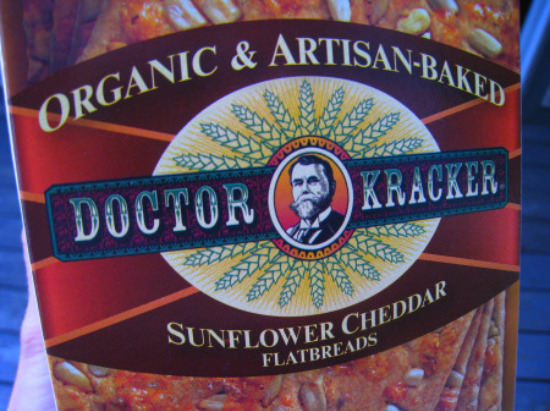

Most Recent Comments